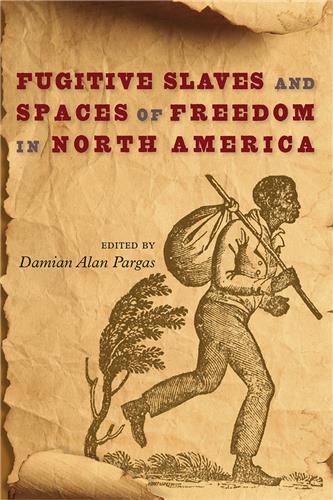This volume highlights the little-known story of Robert R. Church Jr., the most prominent black Republican of the 1920s and 1930s. Tracing Church’s lifelong crusade to make race an important part of the national political conversation, Darius Young reveals how Church was critical to the formative years of the civil rights struggle.
Browse by Subject: History
Please note that while you may order forthcoming books at any time, they will not be available for shipment until shortly before publication date
Arguing that the accomplishments of Jamaican activist Marcus Garvey and his followers have been marginalized in narratives of the Black freedom struggle, this volume builds on decades of overlooked research to reveal the profound impact of Garvey’s post–World War I black nationalist philosophy around the globe and across the twentieth century.
Even without the right to vote, members of the United Daughters of the Confederacy proved to have enormous social and political influence throughout the South--all in the name of preserving Confederate culture. Karen L. Cox's history of the UDC, an organization founded in 1894 to vindicate the Confederate generation and honor the Lost Cause, shows why myths surrounding the Confederacy continue to endure.
Inside the "Most Haunted" House in New Orleans
Despite serving his country for 50 years and being among the most qualified men to hold the office of president, James Monroe is an oft-forgotten Founding Father. In this book, Brook Poston reveals how Monroe attempted to craft a legacy for himself as a champion of American republicanism.
Drawing on material evidence from daily life in a coal-mining town, this book offers an up-close view of the political economy of the United States over the course of the twentieth century. This community’s story illustrates the great ironies of this era, showing how modernist progress and plenty were inseparable from the destructive cycles of capitalism.
This volume introduces a new way to study the experiences of runaway slaves by defining different “spaces of freedom” that fugitive slaves inhabited. It also provides a groundbreaking continental view of fugitive slave migration, moving beyond the usual regional or national approaches to explore locations in Canada, the U.S. South, Mexico, and the Caribbean.
The broad chronological sweep and comprehensive nature of Reconsidering Southern Labor History set this volume apart from any other collection on the topic in the past forty years. Presenting the latest trends in the study of the working-class South by a new generation of scholars, this volume is a surprising revelation of the historical forces behind the labor inequalities inherent today.
When her family moved from Puerto Rico to Atlanta, Von Diaz traded plantains, roast pork, and Malta for grits, fried chicken, and sweet tea. Brimming with humor and nostalgia, Coconuts and Collards is a recipe-packed memoir of growing up Latina in the Deep South. The stories center on the women in Diaz’s family who have used food to nourish and care for one another.











